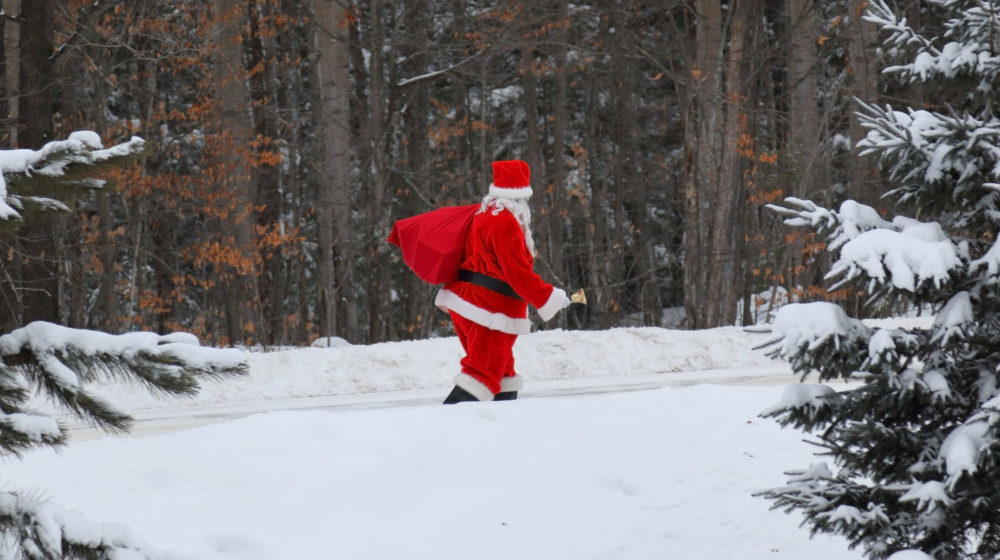As the holiday season comes to a close, a yearly tradition returns to the Midwestern United States: The return migration of mall Santas. Each Thanksgiving, these plump, jolly creatures descend on shopping areas nationwide to brighten the days of children everywhere and listen to Christmas wishes. Early each January, they return from whence they came to begin beefing up for the next season.
“It takes a lot out of you,” said Terry Lipscomb, who has Santa’d along the eastern seaboard for the past thirteen years. “Late November is my peak as I get up to about 315, maybe 325 if the summer wasn’t too dry. But by January it’s time to get back to work because I’ll be down to 280, tops.”
The problem is simply overwork. The Santas find themselves in a position not unlike grizzly bears: Each must overstock their bodies with food when it’s available in order to make up for the times when food is scarce. For the bears, that’s winter. For the Santas, it’s those December days when a shift starts at 9:30 a.m. and ends at 9:00 p.m. when the mall closes.
“Grass is naturally low on nutritional value. That’s why it takes us so long to rebuild our physiques,” said a Santa who declined to be identified. “We need to be eating for 8-12 hours a day to maintain a healthy Santa weight and those Christmas season shifts make it impossible. Hence the need for pasture.”
While pasturing season always produces Santas, the quality can surely vary. Some years produce a bumper crop of hefty, bearded men, but others are nearly sacrilege when brought up in conversation.
“2003. My god, 2003,” said Alvin Montgomery, who has been in the mall Santa business for nearly three decades. “I lost weight over the summer. Can you imagine?”
Judging by his current physique, this reporter could not imagine.

